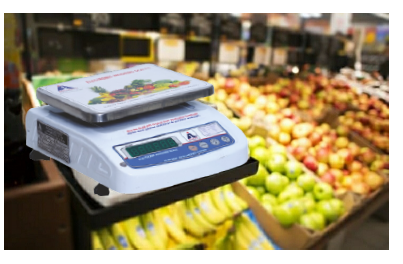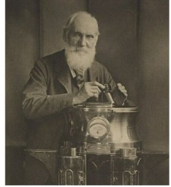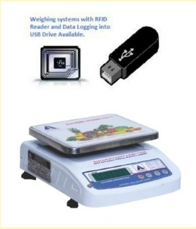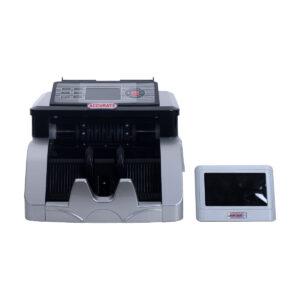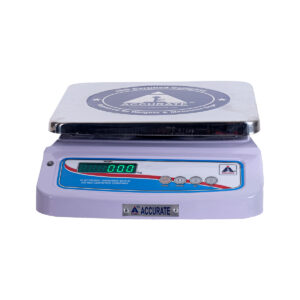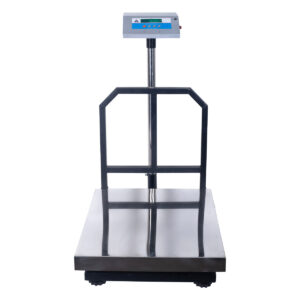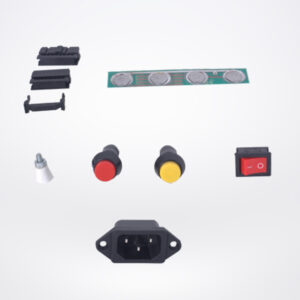USB Weighing scale
How to use a USB connected footswitch to trigger a weight reading to be collected into your Windows applications such as databases, spreadsheets, inventory software and more. In many situations, it is not feasible for an operator to use their hands to press a print or transmit button on a scale or balance. Hands-Free Weight Data Collection
The scale may be too far away or their hands are in other use. It may not even be possible to click a mouse or hot key on a PC keyboard to request a weight reading. In these situations, it is best to use a footswitch to trigger the weight data transmission. This article will discuss how to easily set up a footswitch with WinWedge software (from TALtech) to automate data collection into your Windows application programs or web forms.
First you will need to purchase a footswitch. Search for USB Foot Switch Single Pedal. You will also need the WinWedge software downloadable from TALzech.com, Win Wedge software is widely used for collecting weight readings from scales, balances, check weighers and other devices such as gauges, meters, other measuring and lab instruments.
You can attach the scale to your PC’s RS232, USB or Ethernet ports depending on the scale connectivity options. For USB, a driver will usually be automatically downloaded when you attach the scale to the PC’s USB port. This driver will create a Virtual RS232 port (such as a virtual COM 6) that WinWedge can
communicate with.





